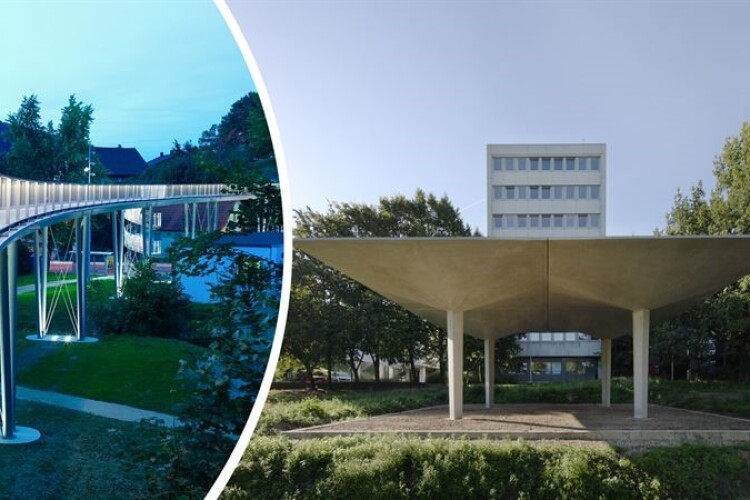Swedish Innovation Advances Textile-Reinforced Concrete

Researchers at Chalmers University of Technology in Sweden have developed a novel method for utilising textile-reinforced concrete. This innovative approach promises to revolutionise the construction industry by enabling the creation of slender, lightweight structures with a significantly reduced environmental footprint.
Traditionally, steel has been the primary reinforcement material in concrete structures. However, this conventional method requires substantial amounts of concrete, primarily to protect the steel from corrosion. This not only increases the weight and bulk of the structures but also contributes significantly to the carbon footprint due to the extensive use of cement.
Textile-reinforced concrete offers a promising alternative. By using textiles, such as carbon fiber, instead of steel, the amount of concrete required can be dramatically reduced. This results in lighter and more elegant structures without compromising on strength or durability.
One of the primary advantages of textile-reinforced concrete is its potential for environmental sustainability. Cement production is a major source of carbon dioxide emissions globally. By reducing the amount of concrete needed, the overall carbon footprint of construction projects can be significantly lowered. This aligns with the global push towards more sustainable and eco-friendly building practices.
Moreover, textile-reinforced concrete allows for the creatiFon of complex and vaulted structures that were previously challenging to achieve with traditional steel reinforcement. The flexibility and strength of carbon fiber textiles open up new possibilities for architectural design, enabling more creative and structurally efficient solutions.
Despite the clear benefits, the adoption of textile-reinforced concrete has faced several challenges, particularly in terms of reliable calculations for structural integrity. The complexity of analysing and scaling up these structures has hindered widespread implementation.
The researchers at Chalmers University have addressed this issue by developing a method that simplifies the analytical process. Their approach makes it easier to scale up the analysis of textile-reinforced concrete structures, ensuring their reliability and facilitating broader adoption in the construction industry.
As the construction industry continues to seek ways to reduce its environmental impact, the use of textile-reinforced concrete could become a standard practice. This technology not only supports sustainability goals but also enhances the aesthetic and functional possibilities of modern architecture.
Frequently Asked Questions
Elevate your bids
We're dedicated on staying ahead with the latest news and market trends, using insights to shape your bidding strategy. Choose us for your next bid, where our comprehensive services include bid strategy, bid management, and design. With a remarkable 96% success rate in 2024, we're here to guide you seamlessly along the path to success.
Success in Numbers
Get in Touch
Find out how we can remove the burden of writing tender responses.







